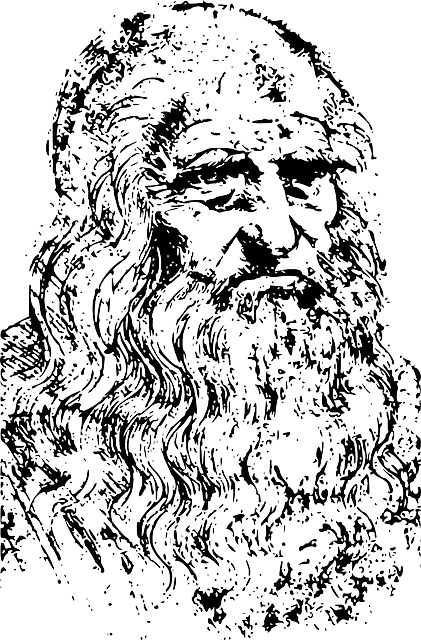Introduction
I recently visited the Adda river and its surroundings, discovering uplifting landscapes, a fascinating history and helpful information, all of which one invites us to mull over the current global environmental issue.
My brother and I had a relaxing and informative boat trip on the river. The river Adda runs through four towns Vaprio, on the higher river level, Trezzo, Cassano and Brivio which, with their own castles, represented (in the medieval age) the defensive line of Adda. This area was fought over between the Visconti Dukedom with its capital Milan and the Republic of Venice (1277 – 1395), after the Visconti, Milan was governed by the Sforza family who battled against the Republic of Venice from their defensive location in the Castel of Vaprio, which was almost completely destroyed and is impossible to find traces of it nowadays. In 1483 Giovanni Melzi,the Duke’s Adviser of Sforza, restored Villa Melzi which was also the residence of Leonardo Da Vinci between 1505 and 1513.
Leonardo Da vinci spent his life in Milan working for Ludovico il Moro (the Duke of Milan)as an engineer. As many artists he also had to deal with his internal conflicts due to the difficult and uninspiring work (but he needed the money). Despite all that he found the time for R & R at the Villa Melzi where he was hosted by the family.

Leonardo Da Vinci in areas around Adda
In the Adda area and its surrounding places, Leonardo found that the river was a constant source of interest and intrigue and it stimulated his imagination. Inviting him to dive ever deeper into the river, exploring its secrets, its functions and potential uses. It seemed to him to be different from other rivers and after studies he created maps of the river as if they were made by a satellite. Furthermore he found out that the river was made up of different levels of the river bed and concluded that one could take advantage of this structure and using the principles of Physics you could bring up water to the towns and local areas and so he started to create a project to build a machine for this purpose. The remarkable and pleasant life experience of Leonardo Da Vinci in the Adda region was later represented in one of his most historical paintings “Monalisa” where the hills are thought to be those of Adda and not of Florence as so many people believe.

Crespi Power Station and other features
Cristoforo Bartolomeo Crespi, an engineer, understood the great power of the river’s structure and water and so he had the aim of producing also electrical energy and provide it to the Adda villages and factories. Then at the start of the 20th century he started to build a power station (which is still working). Even before starting the power station he built the “VillaggioCrespi” a set of houses with their own gardens in cohesion with the territory, schools and amusement parks for the children taking into account the agricultural origins of the workers and employees and ensuring social values and cohesion into the village and also between workers and management. Crespi asserted that a manager had to understand the vital importance of the relationship between the work of staff of the power station and their lives outside the working environment and also had to respect the Eco-System. Also its external building, aesthetically captivating, used bricks made up of material which was taken from the bottom of the river bed. It still a monumental masterpiece of historic architecture that looks like it is nestled in the hill , over “Trezzo sull’ Adda” town. In addition to everything mentioned above and ecologically relevant is the fact that the entire river possesses rows of trees and plants in the middle of the river, so that the vegetation will enrich the river habitat and over time the trees will gradually rot and fall into the river and so they will end up enriching the organic and inorganic compounds that form the natural building material utilised for the bricks of the power station.




